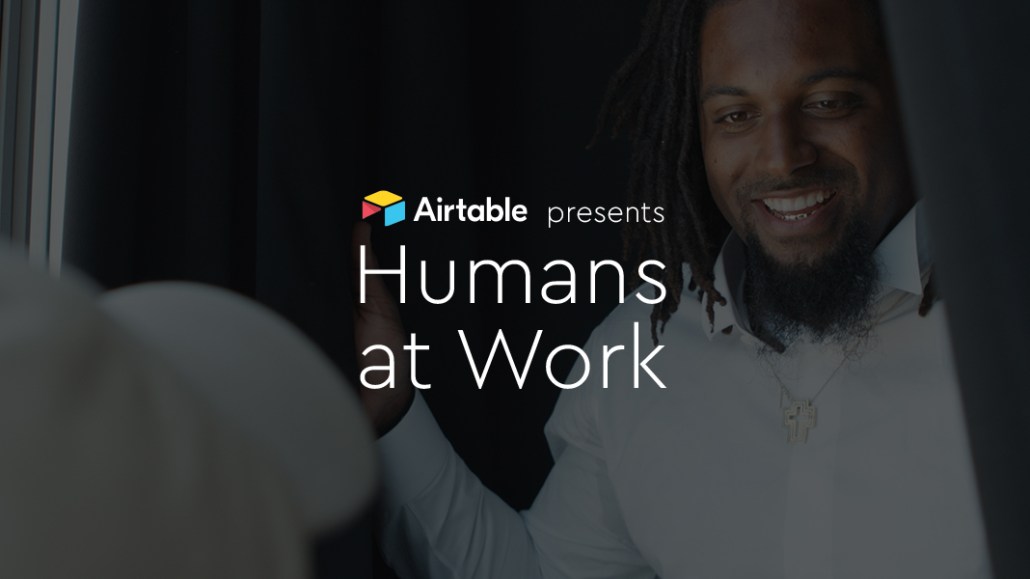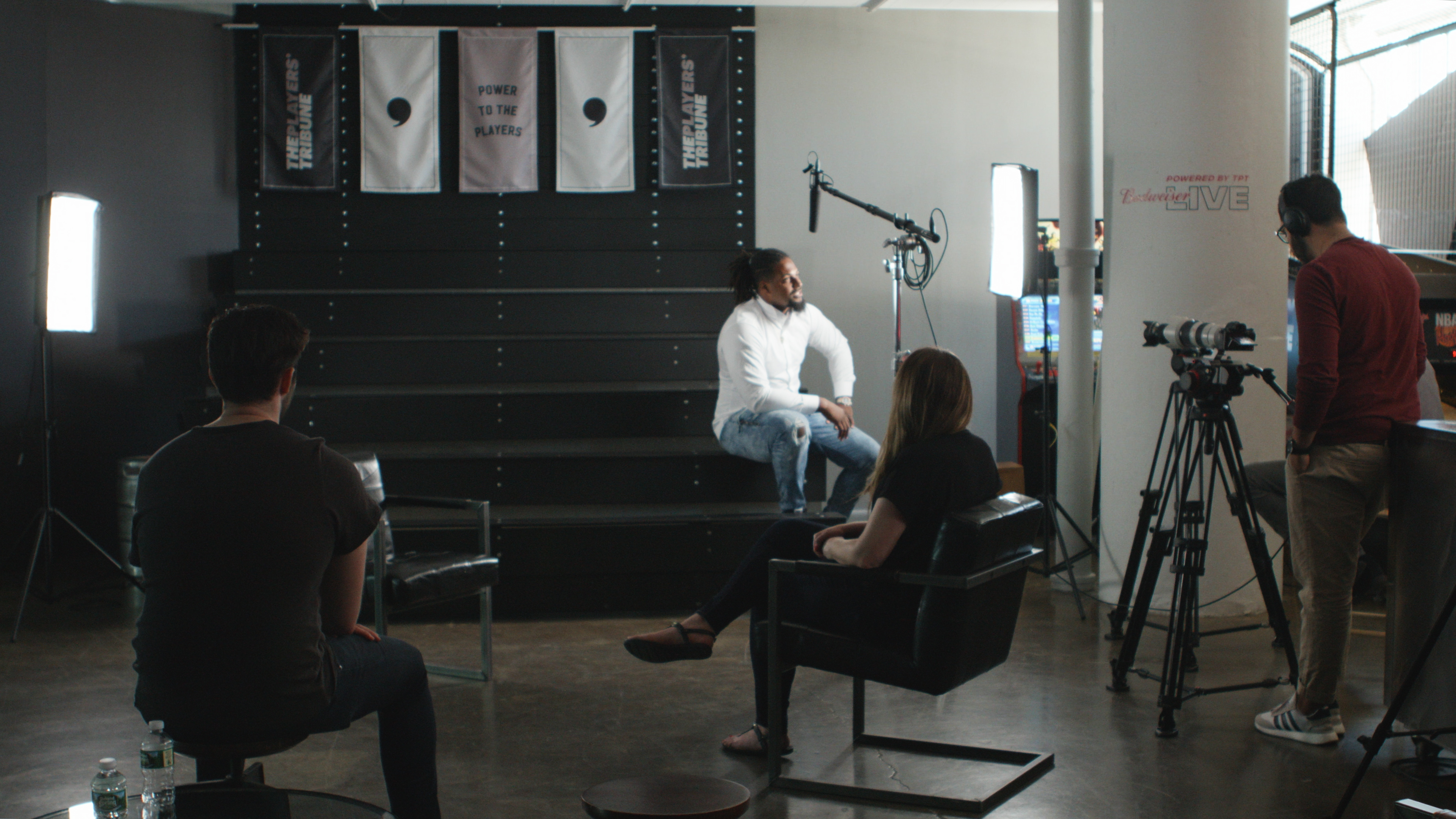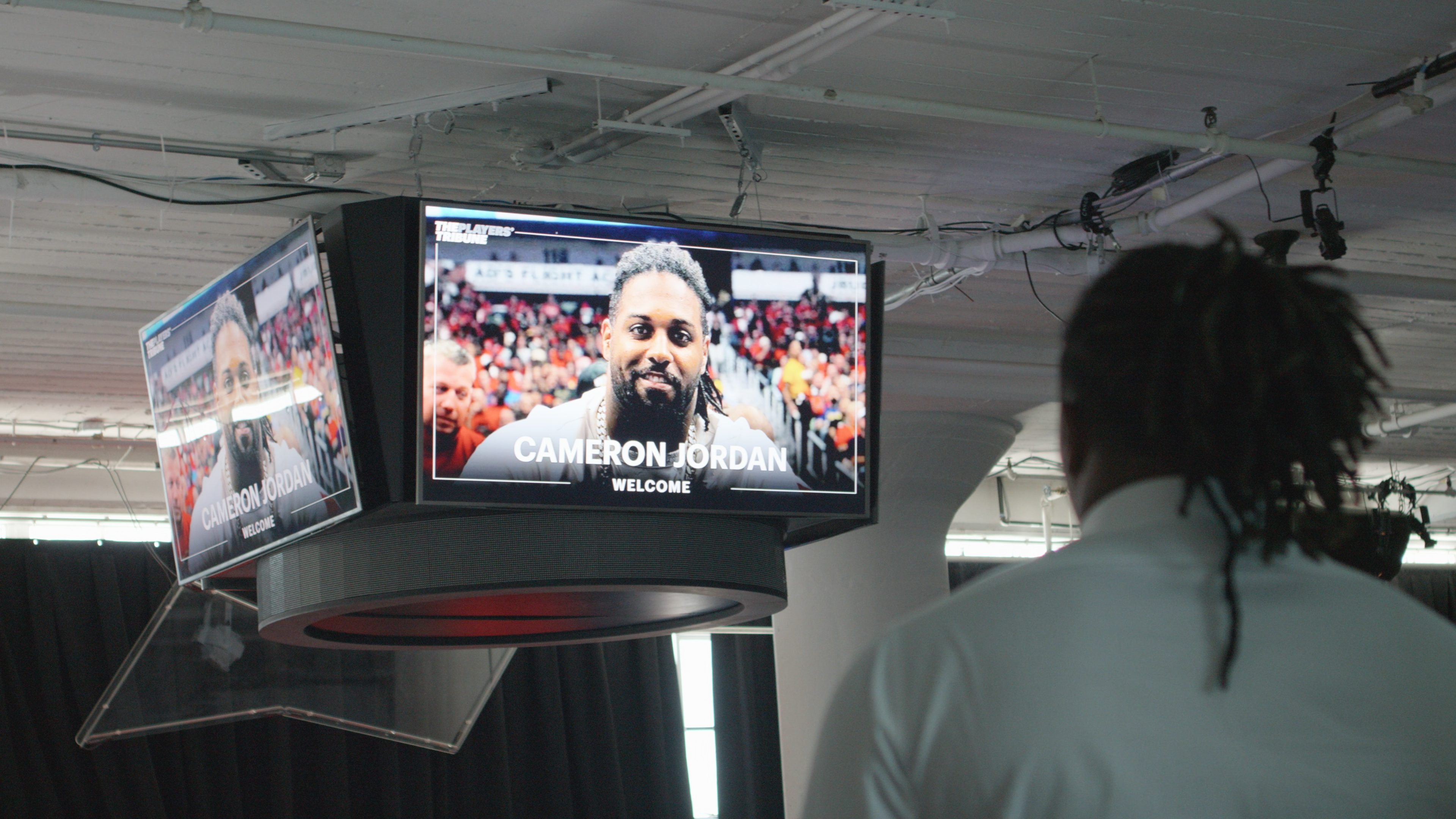Save 50% on a 3-month Digiday+ membership. Ends Dec 5.
How The Players Tribune helps athletes find their voice off the field

It’s easier than ever for celebrity athletes to reach an audience of millions, with unprecedented opportunities to tell their stories on their terms through social media and microblogging. But not every athlete is a celebrity. What about those who haven’t yet found their audience — or their voice? The Players’ Tribune is a publisher born for this moment — a “content coach” of sorts, helping pro athletes (both the famous and the almost-famous) ensure their words on the web speak as loudly as their play on the field.
“Having an outlet entirely focused on [content created by athletes] seemed like a savvy direction,” explains deputy editor Dan Treadway. “There were a lot of outlets providing news and mock drafts, but there weren’t a ton of stories providing context on what made athletes tick. Our model for story creation was unique because we formed collaborations between athletes with great stories and seasoned editors who understood how to organize a great story.”
Founded in 2014 by baseball legend Derek Jeter, the company hoped to capitalize on a growing trend of aligning influential storytellers with top brands to drive revenue through branded content, sponsored events and, eventually, off-platform production and licensing.

Thus far, it’s worked. The company has grown to roughly 100 employees and the site today garners roughly 3 billion earned impressions per month, with highly engaged fans spending roughly eight minutes per page.
Ad position: web_incontent_pos1
“My interest in joining The Players’ Tribune wasn’t predicated so much on this perceived divide between athletes and the media, but more so the opportunity to pursue stories from athletes that perhaps got lost in the news cycle,” says Treadway.
In this way, editors at The Players’ Tribune have a unique and somewhat unusual role when compared to their counterparts at other sports media outlets. Treadway describes their editorial process as more of a “negotiation” than the question-and-answer exchange of a traditional interview. “A lot of our process is about collaboration; we’ll have this athlete who has these remarkable experiences and stories,” Treadway explains. “We’ll pair them up with editors like myself who are really good at helping them articulate and express those stories.” The end result is a story, well-told, that leaves everyone involved — athlete, editor, publisher and fan — fulfilled.

“Whenever I work with an athlete, one of the first things I find out from them is how comfortable they are as a writer,” says Treadway. As an editor, he has found that some athletes enjoy writing essays — “In that case,” he adds, “it’s as simple as [the athlete] sending me a document” — while others are better suited for alternative formats.
“Ultimately, a lot of what our job is is figuring out the best way to tell these stories,” says Treadway. These methods of content delivery go beyond (but include) traditional articles, encompassing podcasts, videos and more. “We have one series called POV, which is basically an athlete speaking directly to camera and telling their story in a full way. We did one of those over the summer with [former NBA player] Lamar Odom that was very impactful.”
Ad position: web_incontent_pos2
One of the big challenges for Treadway is managing the workflow between his editors and his writers, who, unlike in a typical newsroom, are all part-time, remote and beholden to multimillion-dollar contracts and nearly year-round travel schedules for their “day jobs.” Tools and services like Airtable help give the team “a bird’s eye view of everything we’re working on, [allowing] immediate collaboration.” Treadway continues, “If someone sees something that they can help out with, they can jump on a project.”
Such collaboration, necessary for their unique editorial mission, has helped The Players’ Tribune stand out and amass its own following. But as on the field, the road to peak performance was paved with trial and error and failure. “Our first year we tried to experiment a lot with different sports and athletes to figure out what resonated with readers,” says Treadway.

What they found was that there was no correlation between popular content and a specific sport, or even an athlete’s social media following. Instead, the best performing pieces were the ones that combined the utmost quality with the deepest resonance. Passionate storytelling triumphed over everything else, outperforming even stories that featured famous big name athletes. “Oftentimes, if our editorial staff finds a story fascinating and engaging, our audience will as well,” Treadway says.
“When the site first launched, there was a lot of skepticism surrounding whether we would be able to publish anything of substance. Four years later, we’ve touched on issues I never would have thought possible,” says Treadway. These issues include heavier, more emotional topics, such as depression, mental health, and grief. In a way, they are stories that can only be effectively told directly by a publisher like The Players’ Tribune — the raw, direct pipeline of information of a social media era finessed and refined by a professional editorial team.
“These are difficult things to talk about, and [athletes] have trusted our outlet to help them express [them] in the right way,” says Treadway. “For me, that’s the greatest feedback possible. That trust is what keeps me so passionate about what we do here.”
More from Digiday

Ulta, Best Buy and Adidas dominate AI holiday shopping mentions
The brands that are seeing the biggest boost from this shift in consumer behavior are some of the biggest retailers.

Digiday+ Research Subscription Index 2025: Subscription strategies from Bloomberg, The New York Times, Vox and others
Digiday’s third annual Subscription Index examines and measures publishers’ subscription strategies to identify common approaches and key tactics among Bloomberg, The New York Times, Vox and others.

U.K. retailer Boots leads brand efforts to invest in ad creative’s data layer
For media dollars to make an impact, brands need ad creative that actually hits. More CMOs are investing in pre- and post-flight measurement.
Ad position: web_bfu





